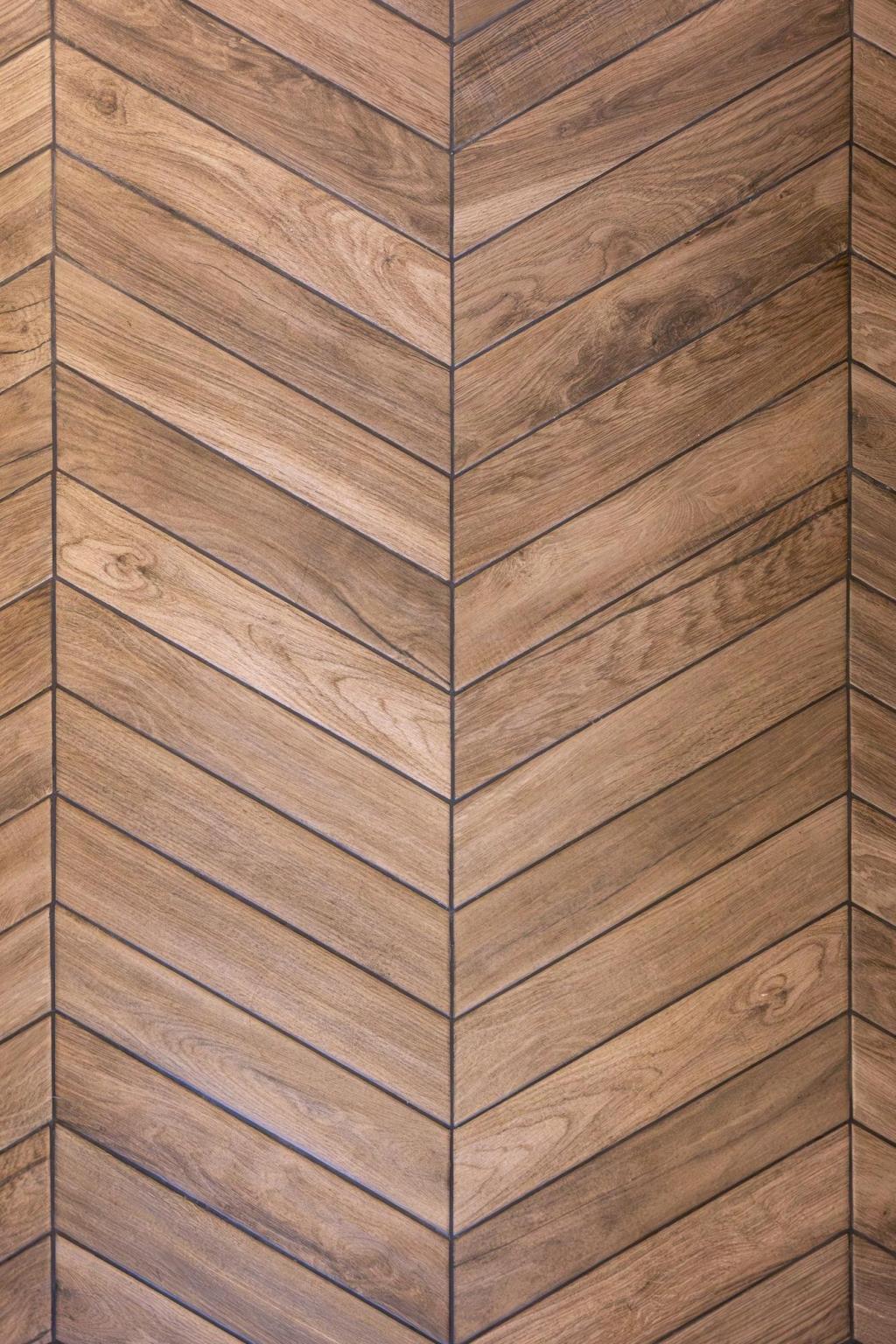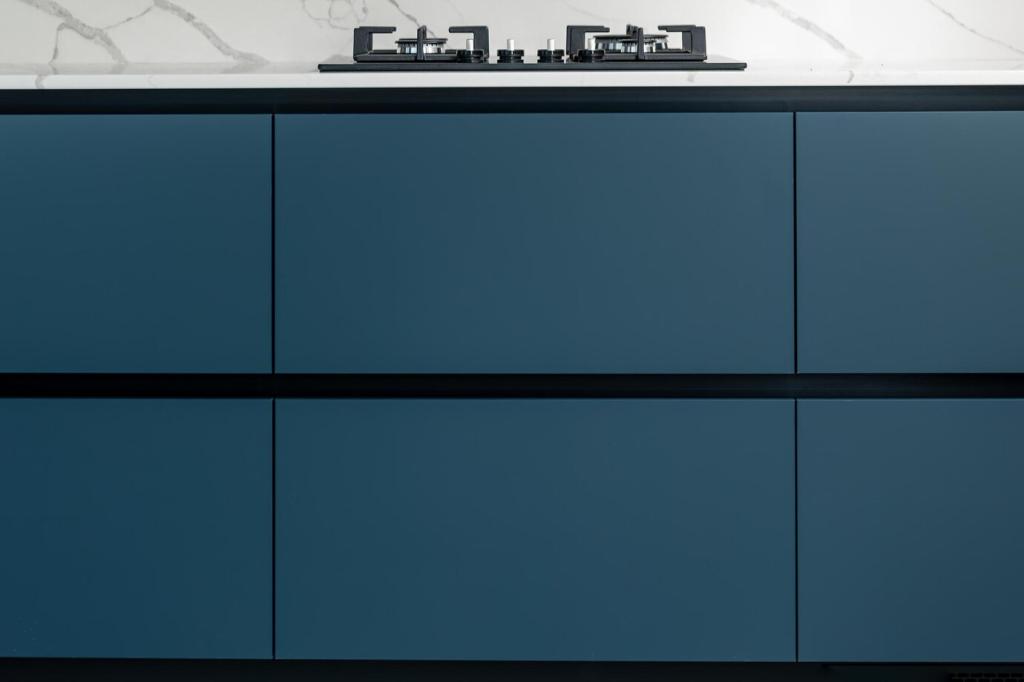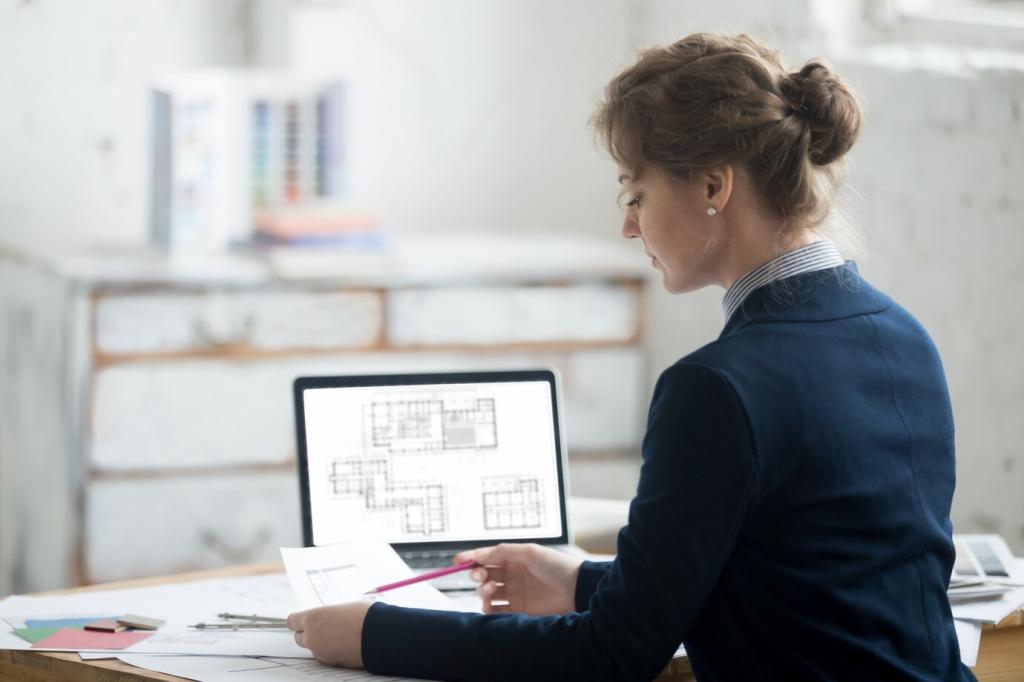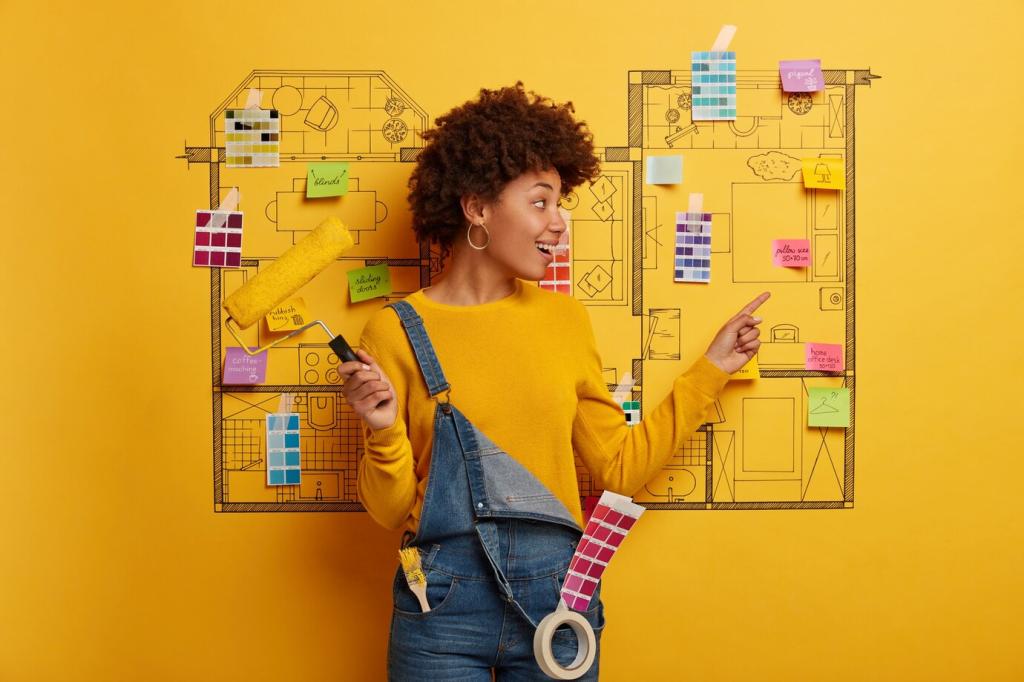Principles for a Graceful Blend
Let original plaster, wainscoting, and stair details lead the narrative, instead of chasing a pastiche. Repair, don’t replace, where possible. New insertions should read as new, crisp and honest, so the home’s history remains legible and the modern layer feels confidently present.
Principles for a Graceful Blend
Use clean-lined cabinetry, slim steel, or quiet planes to set off ornate moldings rather than compete. Repetition of proportions, rhythms, and alignments creates continuity. Comment with examples where contrast elevated a period detail, and tell us which room taught you this lesson.








